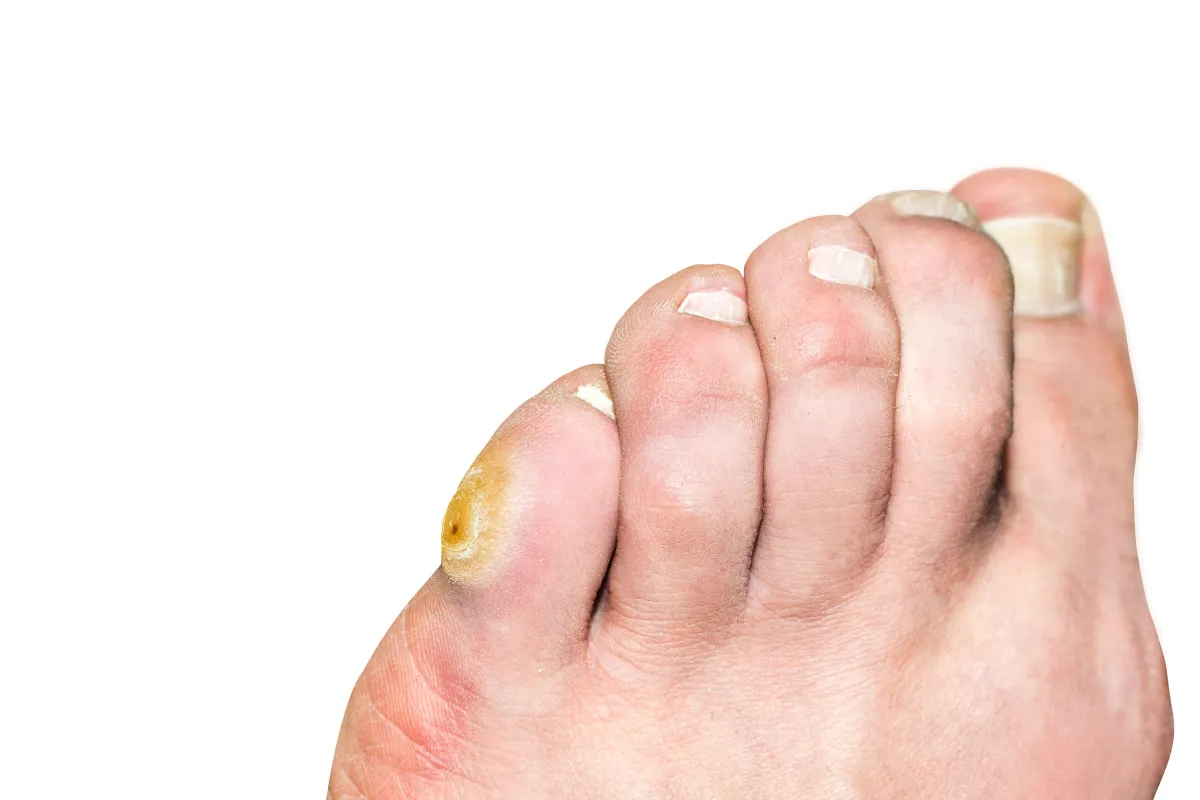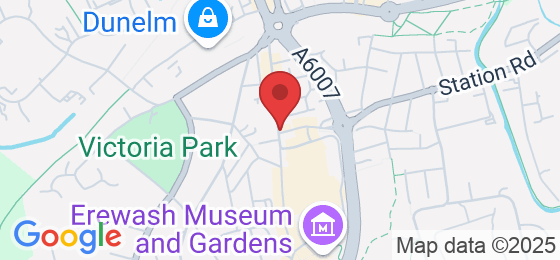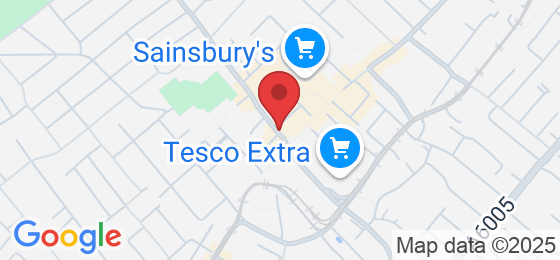
Why Do Corns Hurt? Understanding the Discomfort Beneath Your Feet
Introduction: Minor Issue, Major Discomfort
They may appear small, but anyone who has experienced a corn knows how much they can hurt. At first glance, a corn looks like merely a hardened patch of skin—but when you step down, it feels as though you’re walking on a pebble.
So why do corns hurt so much? More importantly, what can you do about them? Let’s dive in.
What Exactly Is a Corn?
A corn is a localised area of thickened skin, typically appearing on the tops and sides of toes or on the sole of the foot. Your body develops them as a defence mechanism against pressure and friction.
Corns are your body’s way of saying, "There’s too much pressure here!"
There are two main types of corns:
Hard corns: Usually found on the tops of toes or where bone presses against the skin.
Soft corns: Found between the toes, kept moist by sweat, and feel rubbery.
Why Do Corns Hurt So Much?
The pain arises from pressure on sensitive nerve endings beneath the hardened skin. Corns concentrate pressure into a small point, similar to having a small stone lodged in your shoe.
Here’s what happens:
Friction and Pressure: Repeated rubbing (tight shoes, seams in socks, or toe deformities) creates friction.
Skin Thickens: The body responds by building up layers of skin.
Pressure Builds: The hardened skin presses into the nerves.
Pain Signals: The nerves emit a sharp reminder that something is amiss!
💡 Fun Fact: Did you know? Corns can feel like walking on a splinter because they form a conical shape that drives into the deeper layers of skin.
Common Causes of Corns
👟 Ill-fitting shoes: Too tight or too loose creates friction.
🦶 Toe deformities: Bunions, hammer toes, or claw toes can cause abnormal pressure points.
🧦 Seams in socks or tights: Can rub against the skin repeatedly.
🚶♂️ High-heeled or narrow shoes: Concentrate pressure on specific parts of the foot.
How to Tell If You Have a Corn (vs. A Callus)
It’s easy to confuse corns with calluses, but there are key differences:
Corn:
Smaller, Concentrated Area
Feeling like a painful pebble
Found on toes or between toes
Callus:
Larger, flat area of thickened skin
Generally painless unless cracked
Found on weight-bearing areas of the foot.
If it feels sharp, localised, and painful - chances are, it's a corn.
What Can You Do About Corn Pain?
Luckily, there are effective ways to manage and prevent corns.
✅ Professional Treatment
👣 Podiatry care: A podiatrist can safely remove the corn and offer guidance on preventing its return.
✅ Footwear Check
👟 Wear well-fitted, comfortable shoes: Aim for a wider toe box and breathable material.
✅ Orthotic Support
🦶 Consider insoles or custom orthotics: These redistribute pressure and reduce friction points.
✅ Maintain Skin Health
🧴 Moisturise regularly: Keep skin supple to reduce friction.
📞 Top Tip: If corns keep returning, book a professional assessment. There may be an underlying issue with your foot shape or gait.
Can Corns Go Away On Their Own?
No, but they can become less painful if you alleviate the source of pressure. However, if the cause is not addressed, they will likely return.
Removing them at home can be risky, particularly if you have conditions such as diabetes. It’s advisable to seek professional help to prevent infections or complications.
Final Thoughts: Distance Yourself from Corn Pain
Corns can be painful, but they are also treatable and preventable.
Understanding why they form is the first step toward pain-free walking. Whether through better footwear, orthotic support, or podiatric treatment, you can break the cycle and enjoy healthier, happier feet.
🚨 Don’t let corns hold you back—consult a professional and take the first step toward relief today.
Ask The We Fix Feet Team
Fill in the form to request a Call From Our Team
One of our team will call you for FREE and answer any questions or concerns you may have about your uncomfortable foot condition

Where To Find We Fix Feet
Our We Fix Feet podiatry clinics are conveniently located in Ilkeston, Derbyshire and Beeston, Nottinghamshire
Open: Mon-Fri 09:00-17:00 / Sat 09:00-13:00
94 Bath Street, Ilkeston, Derbyshire DE7 8FE
8 Wollaton Road, Beeston, Nottinghamshire NG9 2NR
Pay and display parking nearby




